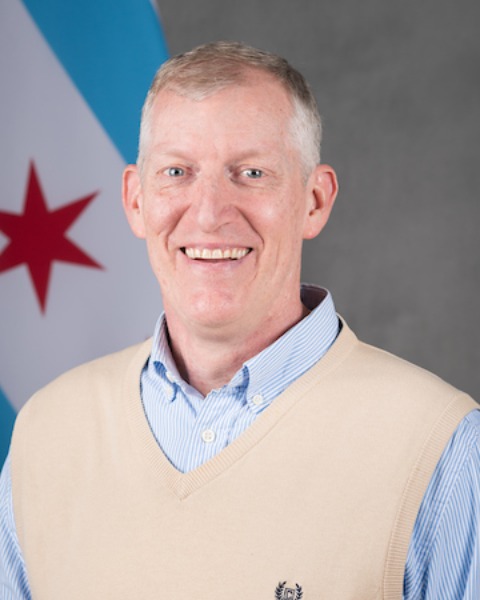Epidemiology & Monitoring
Category: COVID-19 impact
(P48) Covid-19 Stay at Home Period Effects on Provider Visits and HIV Viral Load Results
Tuesday, July 25, 2023
16:00 - 18:00 CST

Jeff Lauritsen, MPH
Epidemiologist 3
CDPH
Chicago, Illinois, United States
Irina Tabidze, MD, MPH
Director, Division of Public Health Services
Chicago Department of Public Health, United States
Primary Presenter(s)
Co-author(s)
Background: The Covid-19 pandemic set back efforts to end the HIV epidemic. Medical facilities were overwhelmed with Covid-19, and lockdowns kept people from receiving regular care. This analysis looked at frequency of provider visits to determine how Covid-19 lockdowns in Chicago affected HIV care.
Method: HIV surveillance data reported to the Chicago Department of Public Health (CDPH) were analyzed. Care labs are quantitative viral load (VL), CD4s, and HIV genotypes. Data from 13,650 HIV+ individuals with care visits in 2019 were analyzed to determine if they missed provider visits for a calendar year in 2020 and 2021. VL results were categorized: Suppressed (< = 199copies/ML); High (200 to 1500copies/ML), Very high (VH) ( >= 1501copies/ML). Associations between not having a provider visit(s) for a calendar year, VH VL were analyzed using Chi-square and logistic regression.
Results: As of June 2022, out of 19,116 HIV+ individuals residing in Chicago, 71.4% (13,650) had care visits in 2019. Among individuals who saw a provider in 2020 and 2021, 6.3% had VH VL results on their next provider visit; individuals who did not have any visits in 2020 or 2021- 13.6% had VH VL results. Hardship Index (HI) and age were significantly associated with VH VL after a year or more of missing provider visits during the lockdown period. HIV+ individuals in the age group 20 to 29 [OR=3.132; 95% CI:2.213-4.434], 30 to 39 [OR=2.533; 95% CI:1.92-3.342], and 40 to 49 [1.705; 95% CI:1.228-2.341] were more likely than individuals in age group 50+ plus to have a VH VL result if they missed a year of provider visits in 2020 or 2021. Individuals living in high HI areas [OR=1.688; 95% CI:1.228-2.322] were more likely to have a VH VL than those living in low HI areas.
Conclusion: Age and HI are significantly associated with VH VL results after missing provider appointments for a year or more. Our findings indicate that providers should use innovative approaches to manage clients’ care during public health emergencies.

